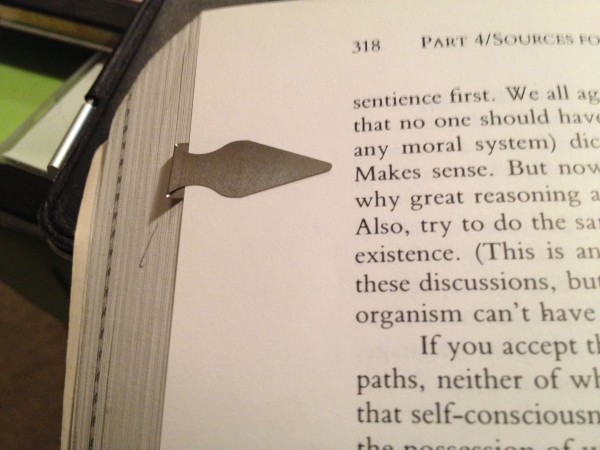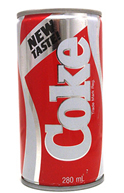Does your head hurt when you read business books? It shouldn’t. I rarely read business books anymore since they’re often so divorced from how the working world actually functions. It’s one thing to disagree with an author’s ideas, but if comprehending their points feels like running uphill, in the rain, at night, while pelted by icy-cold jargon and sedative-tipped diagrams, it’s hard to imagine there’s enlightenment waiting at the top.
Peter Drucker’s Innovation and Entrepreneurship and The Effective Executive are half as long, twice as honest and three times as good as most new business books, depend on zero jargon, and don’t make the miraculous but empty promises often found in business book sales copy.
As a counterpoint to feeling lost in a book, here’s a test to use.
The 3 people in a room test
All decisions in any organization eventually filter down to the level actual work gets done, the level where it’s 3 or 4 people in a room doing the work. This is true independent of industry, strategy or the size of an organization.
So when reading a book that loses you in theory and jargon, ask: How does this impact the 3 people in the room?
- How does this concept change how those 3 people should work?
- What impact does it have on how they make decisions?
- Does it change how they relate? Communicate? Their roles?
- Does it effect how those 3 people get rewarded? How empowered they are?
- Might it change their goals? Or how those goals are defined?
If what you’re reading has no impact on what goes on with 3 people in the room, go up a level. What impact does this have on the people who manage the 3 people in the room? No impact there? Ok, go up another level, to middle managers. Nothing? Ok, keep going.
If you can’t find a place where, in application, the ideas you’re reading changes something, stop reading. Unless you’re enjoying the book for some other reason, you deserve something better.
So how do you decide when to abandon a non-fiction book you’re reading? Do you have a better method than the 3-people in a room test?
[Edited 2-12-15]







 There was a report today of
There was a report today of  Today is
Today is